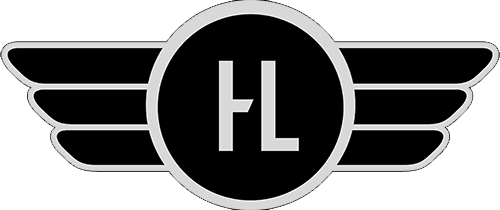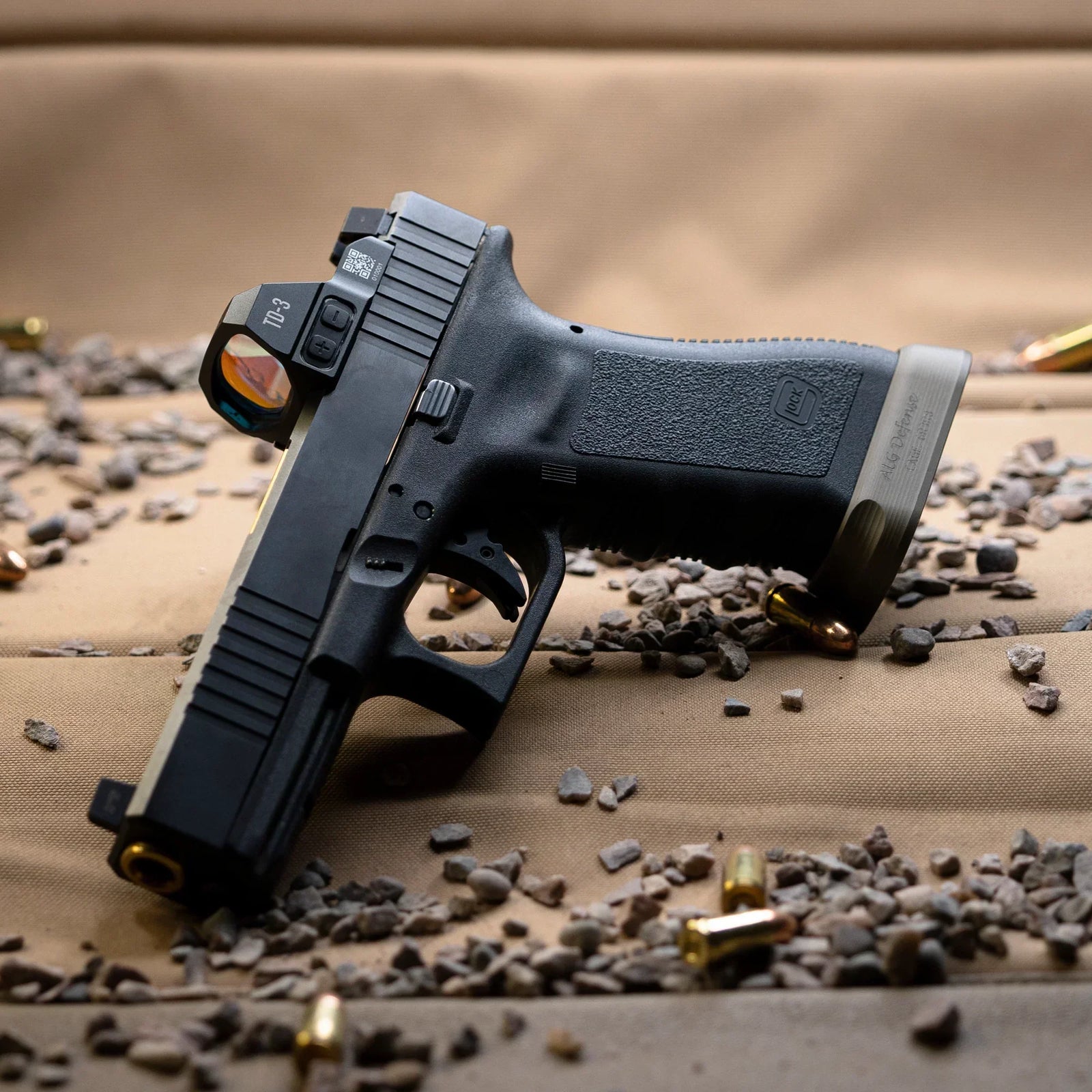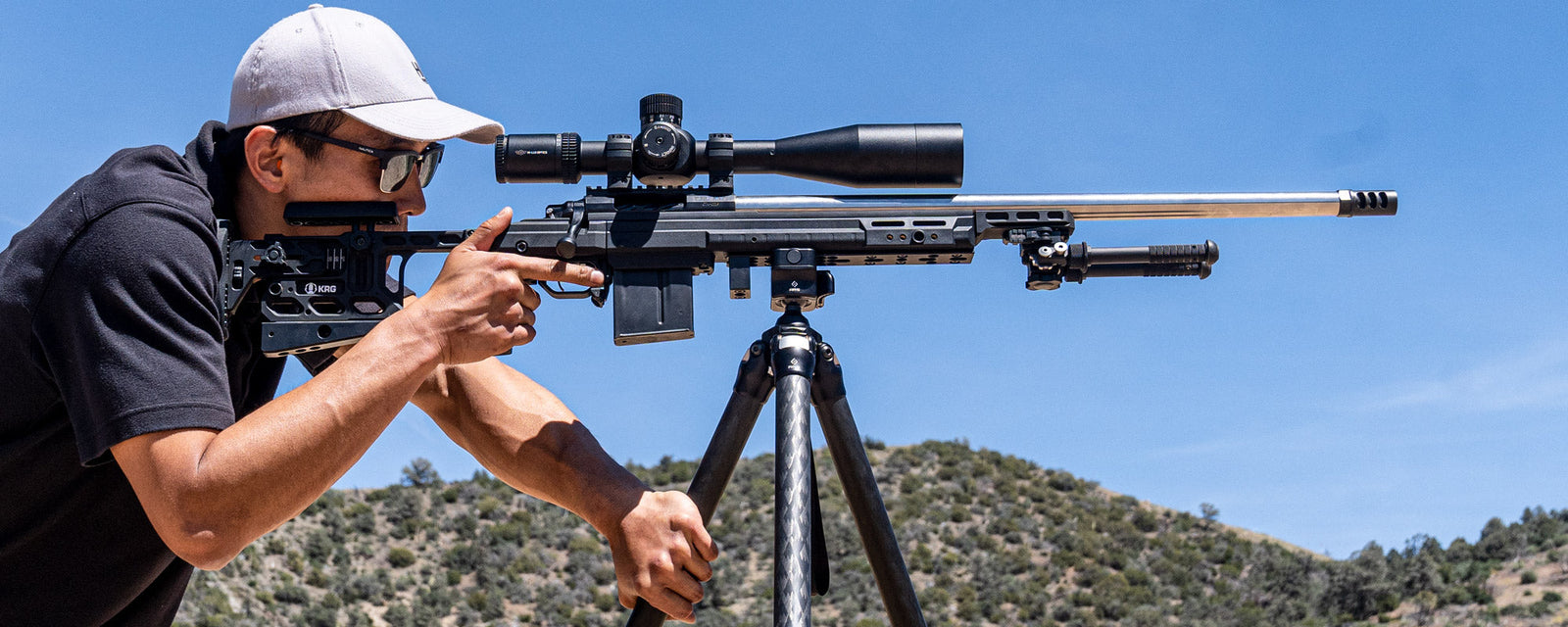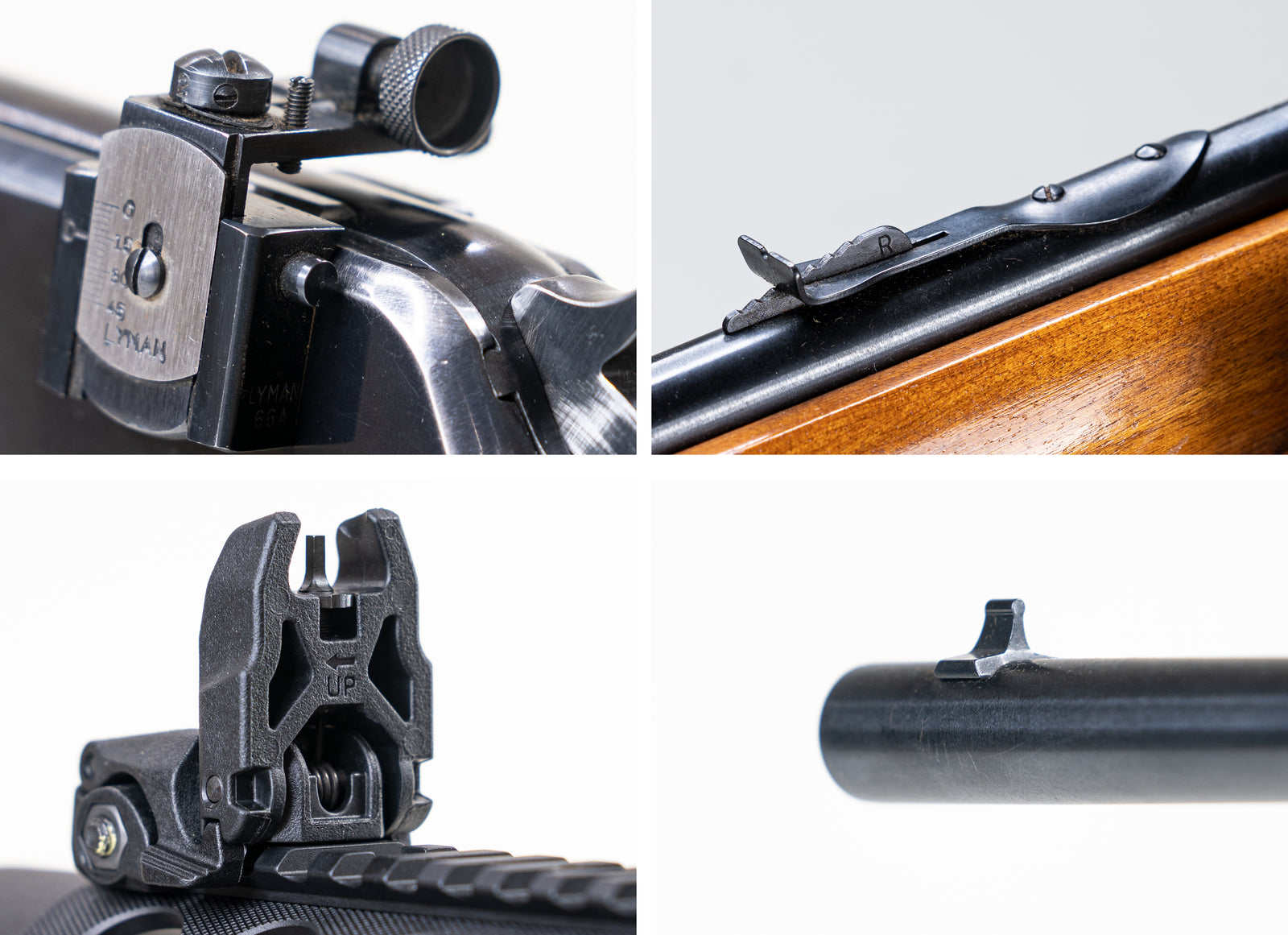A reflex sight (also known as a red dot sight) is an essential tool for shooters across various disciplines, from tactical and competitive shooting to hunting and self-defense. Its primary function is to provide a fast and accurate aiming solution, offering ease of use over traditional iron sights. However, not all reflex sights are created equal. Understanding the features that make a reflex sight stand out can help you choose the perfect optic for your needs.
In this blog, we’ll explore the 12 most important features to consider when selecting a reflex sight, ensuring you make an informed decision that enhances your shooting experience.

1. Reticle Options
The reticle is a defining feature of any reflex sight. It’s the illuminated aiming point that allows for quick target acquisition. Key considerations include:
- Dot Size: Reticle dot size is measured in MOA (Minute of Angle). Smaller dots (1-3 MOA) are better for precision shooting, allowing you to cover less of the target at longer distances. Larger dots (4-8 MOA) provide faster acquisition in close-quarters scenarios. On the other hand, smaller dots may be harder to find quickly.
- Reticle Shapes: While most reflex sights feature a simple dot, some offer additional shapes like circles, crosshairs, or circle-dot combinations. These can improve versatility for different shooting scenarios.
- Brightness Settings: Adjustable brightness is crucial for adapting to various lighting conditions. Look for a sight with a wide range of brightness settings, including night vision compatibility if you plan to use it in low-light environments. Some reflex sights are also marked as daylight-bright, which is meant to overpower the noontime sun in the desert.
- Color Options: Reflex sights often have either a red or green reticle. While red is more traditional, it may also be the most affected by color blindness.
2. Parallax-Free Aim
Parallax occurs when the reticle appears to move in relation to the target if your head or eye shifts. Reflex sights are designed to be effectively parallax-free, meaning the dot stays aligned with your target regardless of your viewing angle. This feature is critical for quick, instinctive shooting, ensuring accuracy even when you’re not perfectly aligned with the optic. This is also one of the clear advantages over iron sights, which require perfect alignment for reliable aim.
3. Durable and Lightweight Construction
Durability and weight are critical factors, especially if you’re using your reflex sight in demanding environments. High-quality reflex sights are built to withstand recoil, impact, and environmental stressors.
- Materials: Look for sights made of robust materials like aircraft-grade aluminum. This ensures they can endure tough conditions without adding unnecessary weight to your firearm.
- Weatherproofing: A reflex sight should be resistant to water, fog, and dust. O-ring seals and nitrogen purging are common features that enhance weatherproof performance in closed red dots, while hoods and shells offer protection to open red dots. Also check to ensure that battery compartments are properly sealed.
- Recoil Resistance: If you’re mounting the sight on a high-caliber firearm, ensure it’s designed to handle heavy recoil without losing zero or breaking down. The mounting solution should be similarly robust.
4. Lens Clarity and Coating
The quality of the lens plays a significant role in the sight’s performance. A clear, distortion-free lens ensures that your field of view is unobstructed, while coatings can enhance visibility and protect the lens.
- Anti-Reflective Coating: Reduces glare and improves light transmission, ensuring a crisp view of the target.
- Scratch-Resistant Coating: Protects the lens from damage, especially in rugged environments.
5. Battery Life and Power Options
A reflex sight’s illumination is powered by a battery, making battery life a key consideration. No one wants their sight to fail at a critical moment. Look for:
- Battery Longevity: Many modern reflex sights offer thousands of hours of battery life, even on mid-range brightness settings. Aim for at least 5,000 hours for reliable performance. Be sure to note which brightness level the provided battery life is tested at.
- Auto Shutoff and Motion Activation: Features like auto shutoff conserve battery life by turning off the reticle when not in use. Motion-activated (shake awake) sights turn back on when movement is detected, combining convenience and efficiency. Some sights have motion activation for a limited time, such as 3 hours), after which they will power off without movement.
- Solar Backup: Some models include solar panels to supplement battery power, extending the sight’s operational life and providing peace of mind in case of battery failure.
6. Mounting Compatibility and Flexibility
A reflex sight should be easy to mount and compatible with your firearm, typically without a gunsmith. Consider the following:
- Mounting Systems: Look for reflex sights that use standard mounting systems, such as Picatinny or Weaver rails. These universal systems make installation straightforward. Modern optics-ready handgun slides will have a particular footprint pre-cut and drilled, such as RMR or RMS-C.
- Low-Profile vs. Co-Witness Mounting: Depending on your preferences, you may want a low-profile mount for a sleek appearance and good cheek weld, or a co-witness setup that aligns the sight with your iron sights.
- Quick-Detach Mounts: Some reflex sights come with quick-detach mounts, allowing you to easily remove and reattach the optic without losing zero.
7. Field of View (FOV)
The field of view determines how much of the surrounding area you can see through the sight. A wider field of view makes it easier to track moving targets and maintain situational awareness, especially in dynamic environments like competitive shooting or tactical operations.
- Open Reflex vs. Tube Style: Open reflex sights typically offer a wider field of view compared to tube-style designs.
8. Size and Weight
The size and weight of a reflex sight can significantly impact how it feels on your firearm. Compact, lightweight designs are ideal for maintaining balance and maneuverability, especially on pistols or carbines.
- Micro Reflex Sights: These are smaller, lighter versions designed for compact handguns or minimalist setups. They may use a footprint such as RMS-C.
- Full-Sized Reflex Sights: These offer larger lenses and may be more suitable for rifles, shotguns, or full-size handguns.
9. Adjustment Mechanisms
Precise adjustments for windage (horizontal) and elevation (vertical) are essential for zeroing your sight. Key features include:
- Tactile and Audible Clicks: Ensure the adjustment knobs provide clear feedback so you can make accurate changes without guesswork.
- Tool-Free Adjustments: Some sights allow for tool-free adjustments, making it easier to fine-tune your settings in the field. Others prioritize low-profile adjustments, which trade ease-of-use for compactness.
10. Eye Relief and Unlimited Viewing Angle
Unlike magnified optics, reflex sights offer unlimited eye relief, meaning you can place your head at any distance from the sight and still acquire the reticle. This feature, combined with a wide viewing angle, makes reflex sights incredibly versatile and fast to use.
11. Price and Warranty
The cost of a reflex sight can range from budget-friendly options to premium models with advanced features. Consider:
- Value for Money: Assess whether the sight offers the features you need at a reasonable price. Don’t overspend on features you won’t use. Purchase with a purpose.
- Warranty and Customer Support: A good warranty reflects the manufacturer’s confidence in their product. Look for sights backed by a robust warranty and reliable customer support.
12. Purpose and Application
Your intended use will heavily influence which features are most important. Consider these scenarios:
- Self-Defense: Prioritize a compact, durable sight with rapid target acquisition.
- Hunting: Opt for a model with excellent battery life, weatherproofing, and variable brightness for changing light conditions.
- Competitive Shooting: A lightweight sight with a customizable reticle and wide field of view will give you an edge.
- Tactical Applications: Durability, battery efficiency, and low-light performance are key.
Conclusion
A reflex sight is a game-changer for any shooter, offering speed, precision, and adaptability. By focusing on the features that matter most—such as reticle quality, durability, battery life, and mounting compatibility—you can find the perfect optic to match your needs and elevate your shooting experience.
When selecting a reflex sight, take the time to evaluate your specific requirements, test different models if possible, and choose a reliable brand known for quality and performance. Whether you’re a hunter, competitive shooter, or firearm enthusiast, investing in a high-quality reflex sight will enhance your accuracy and confidence in the field.





Leave a comment (all fields required)